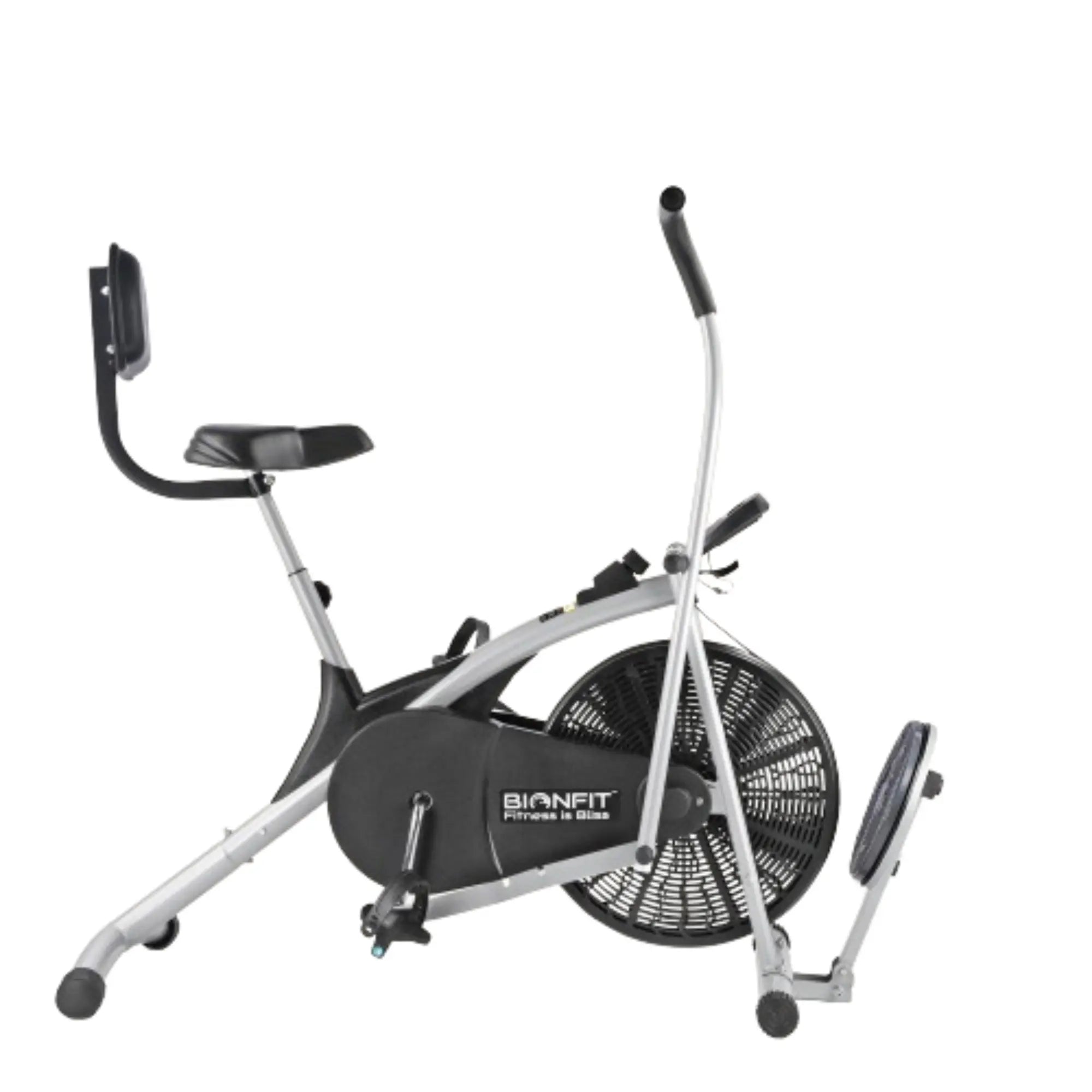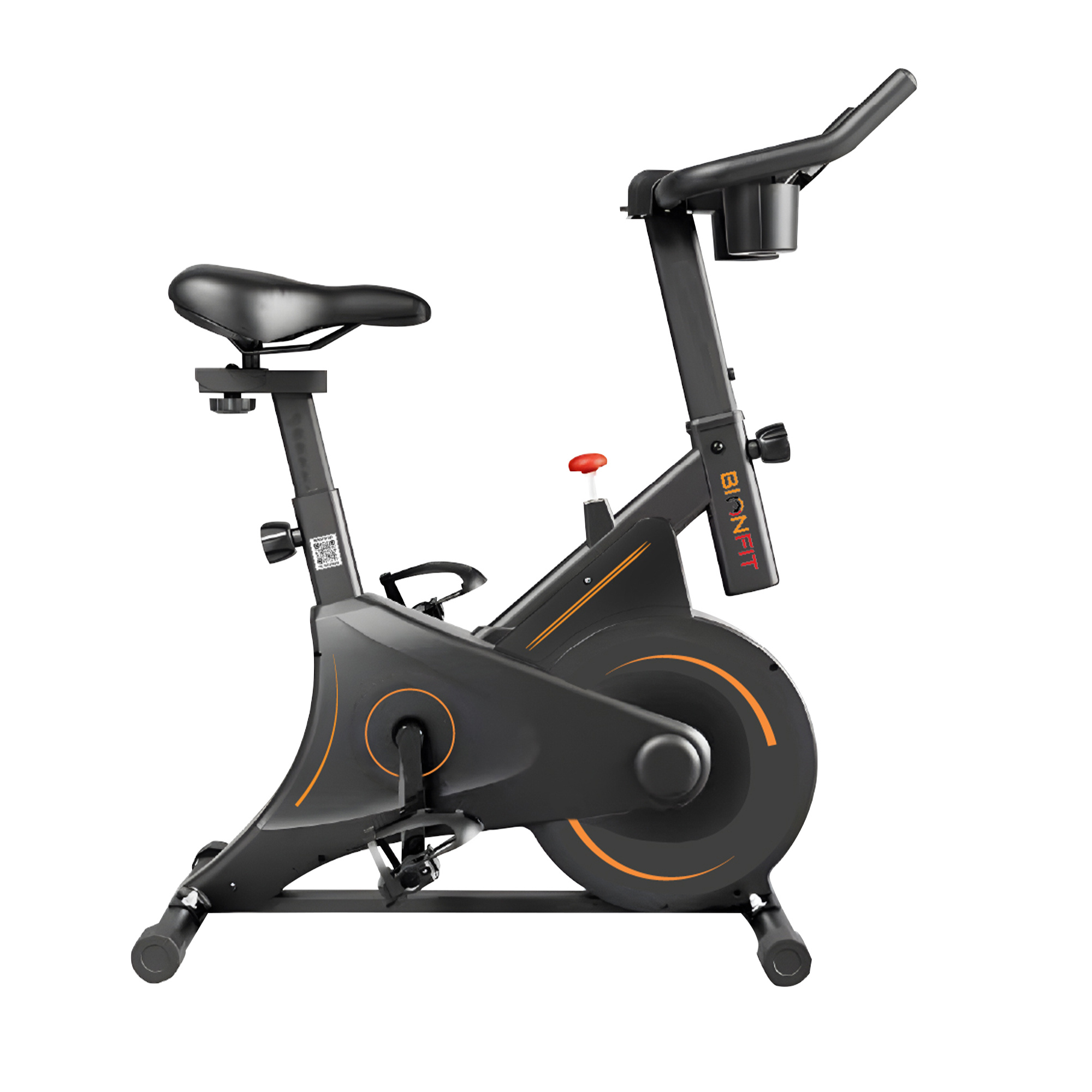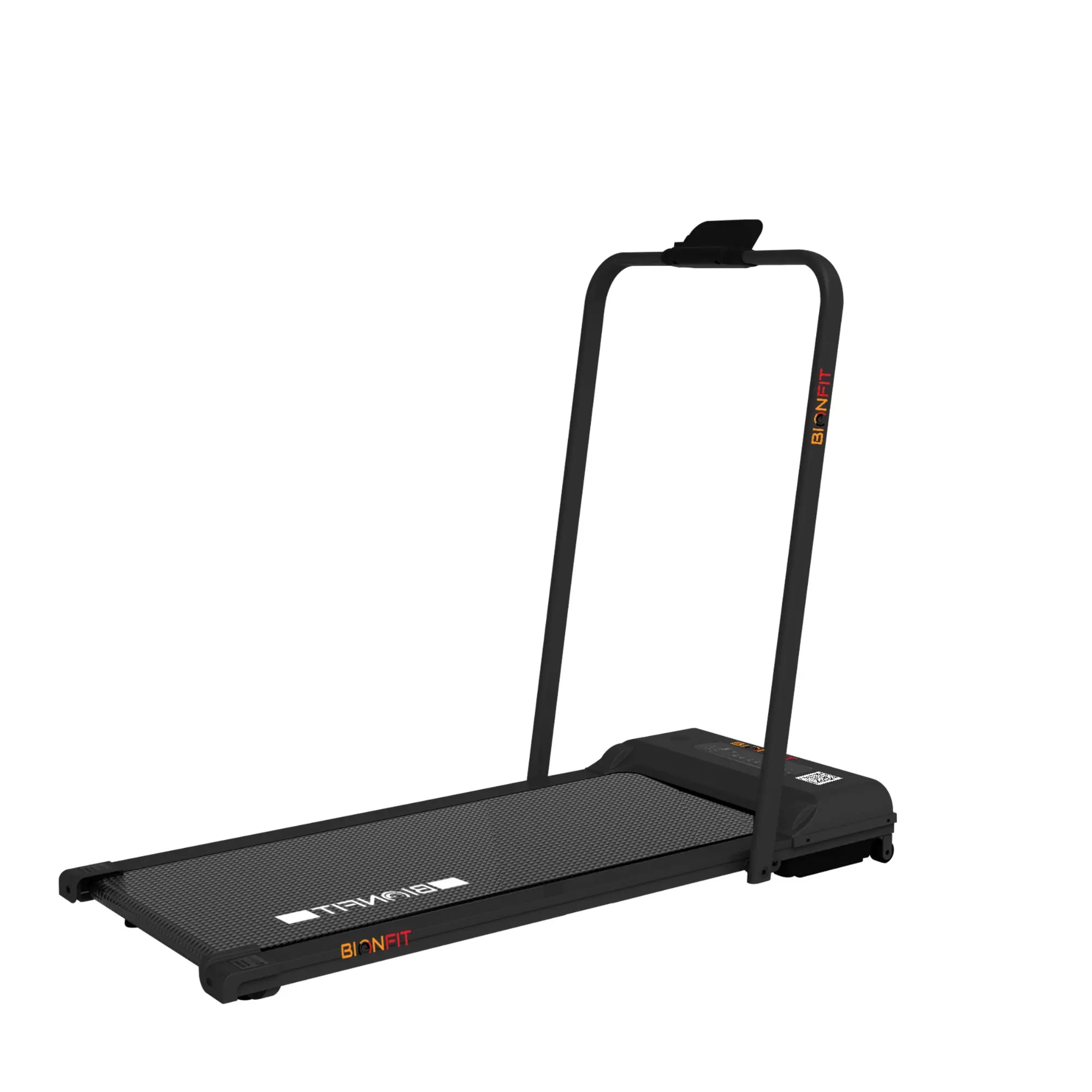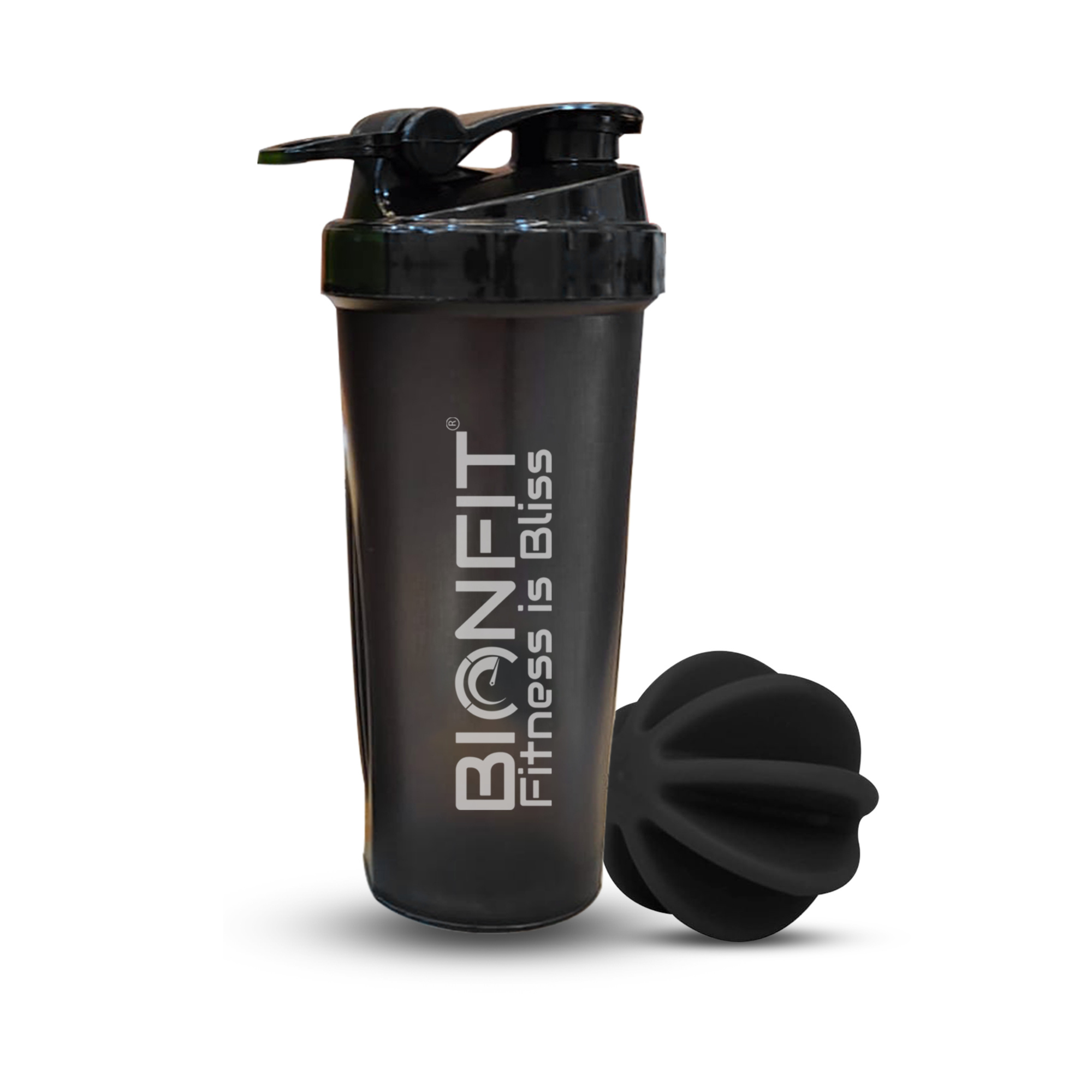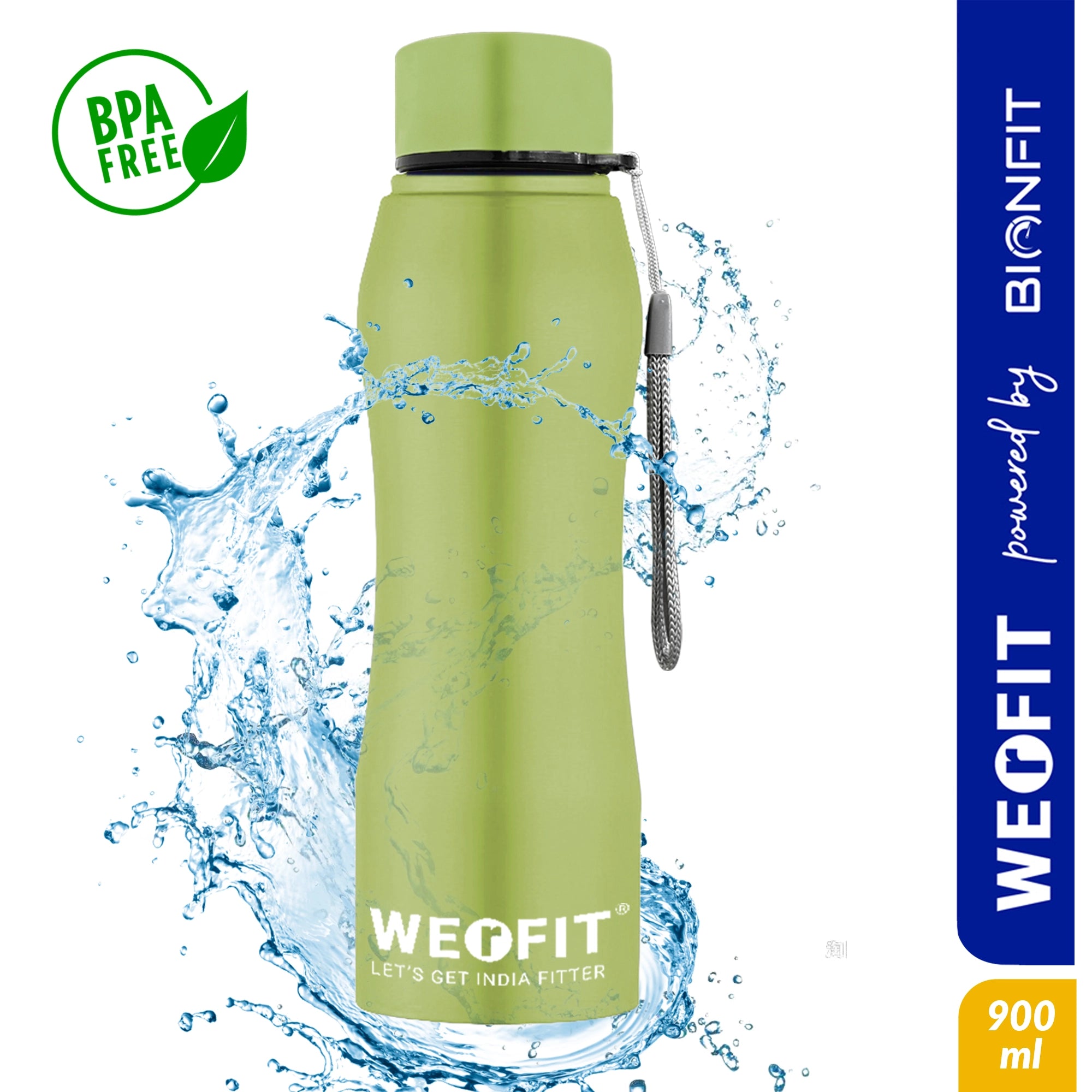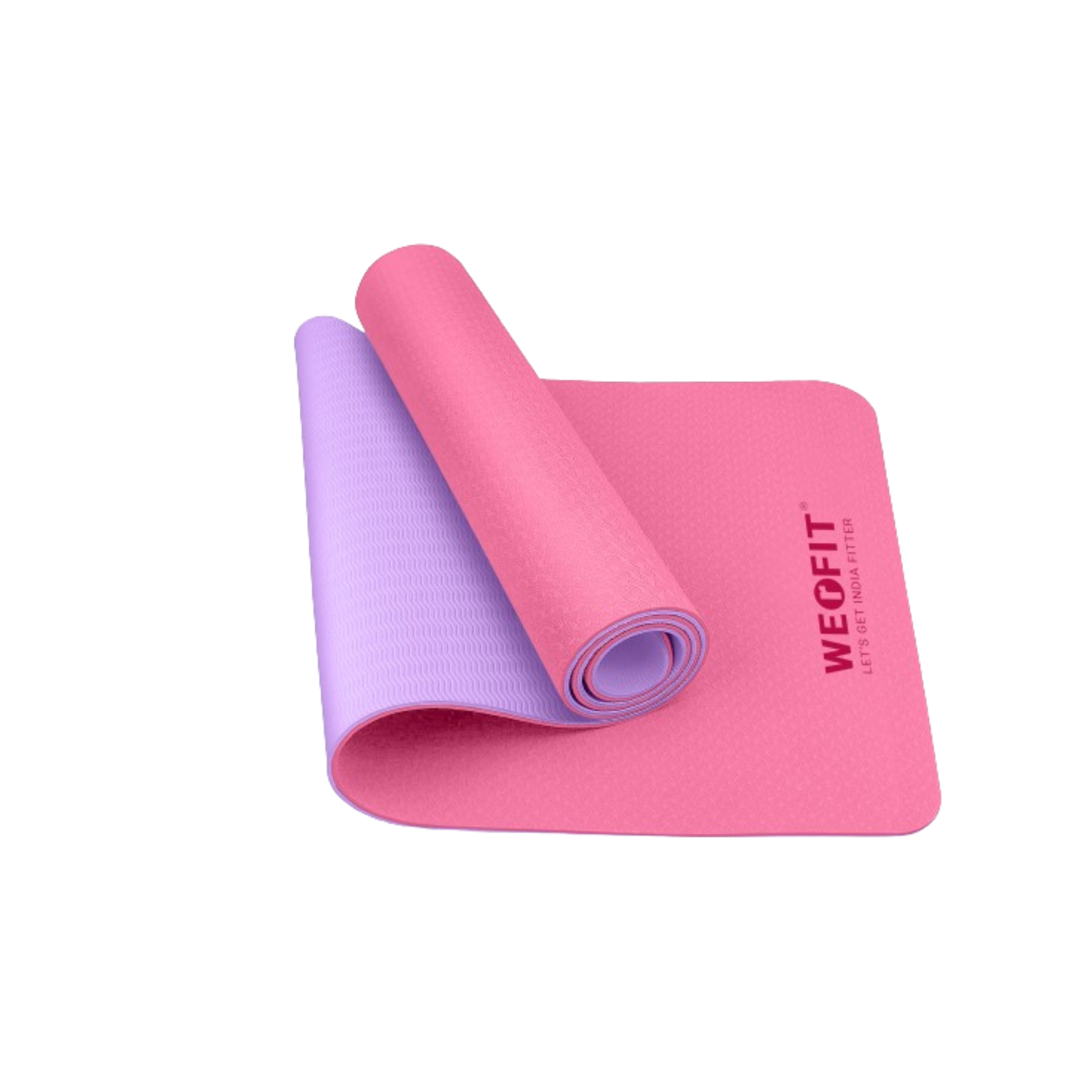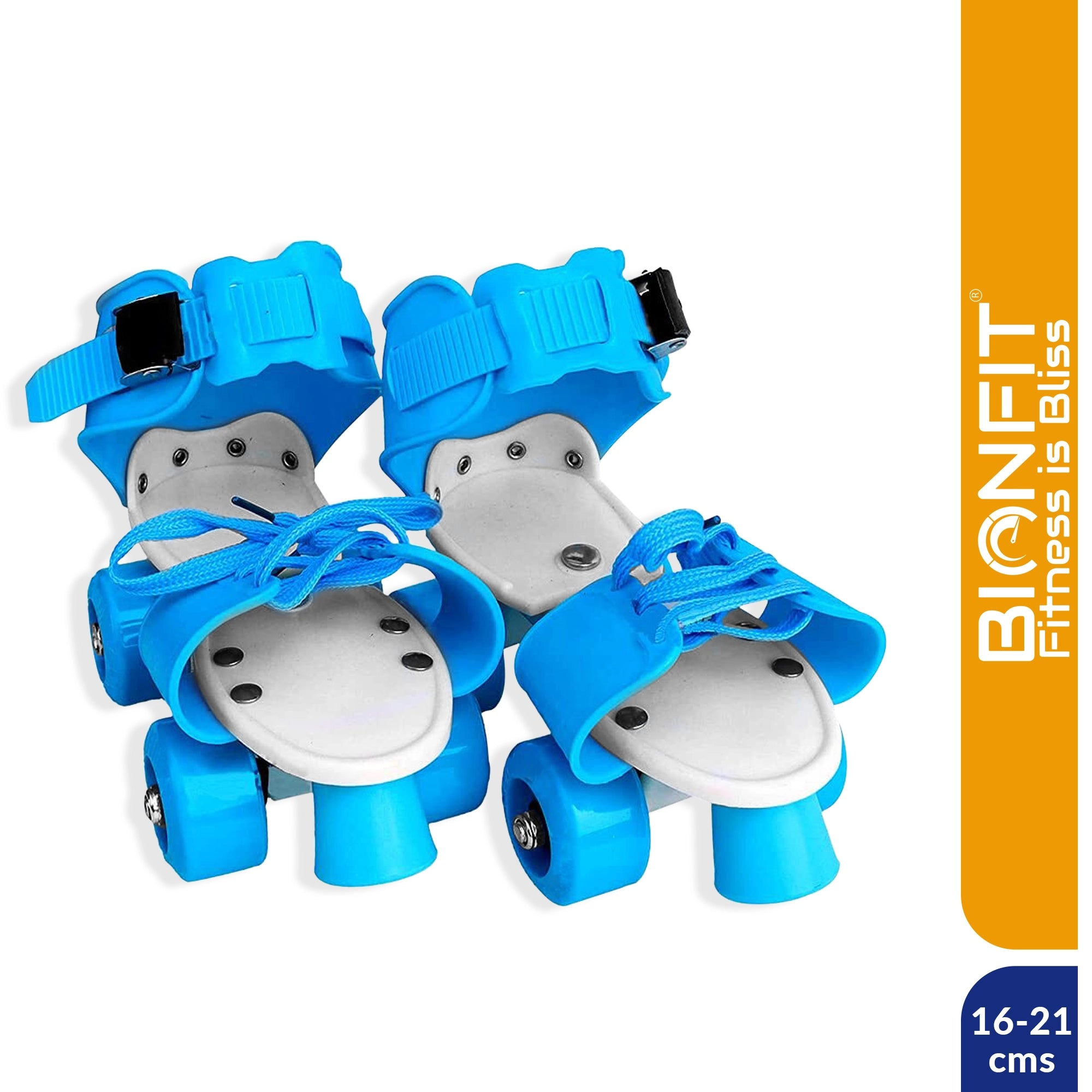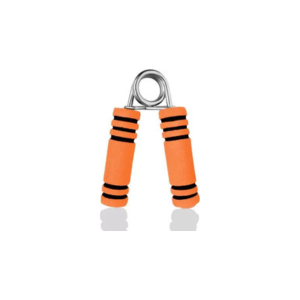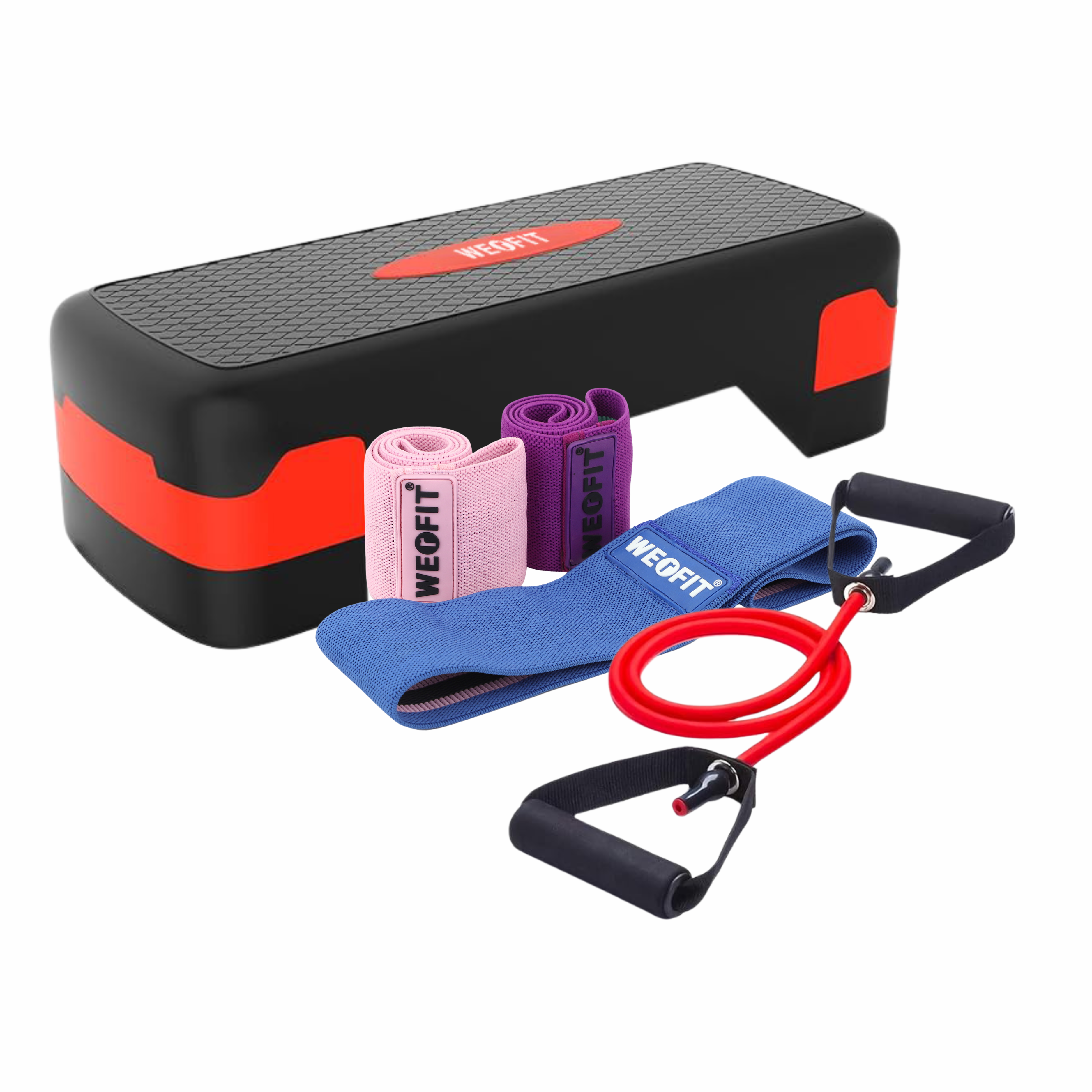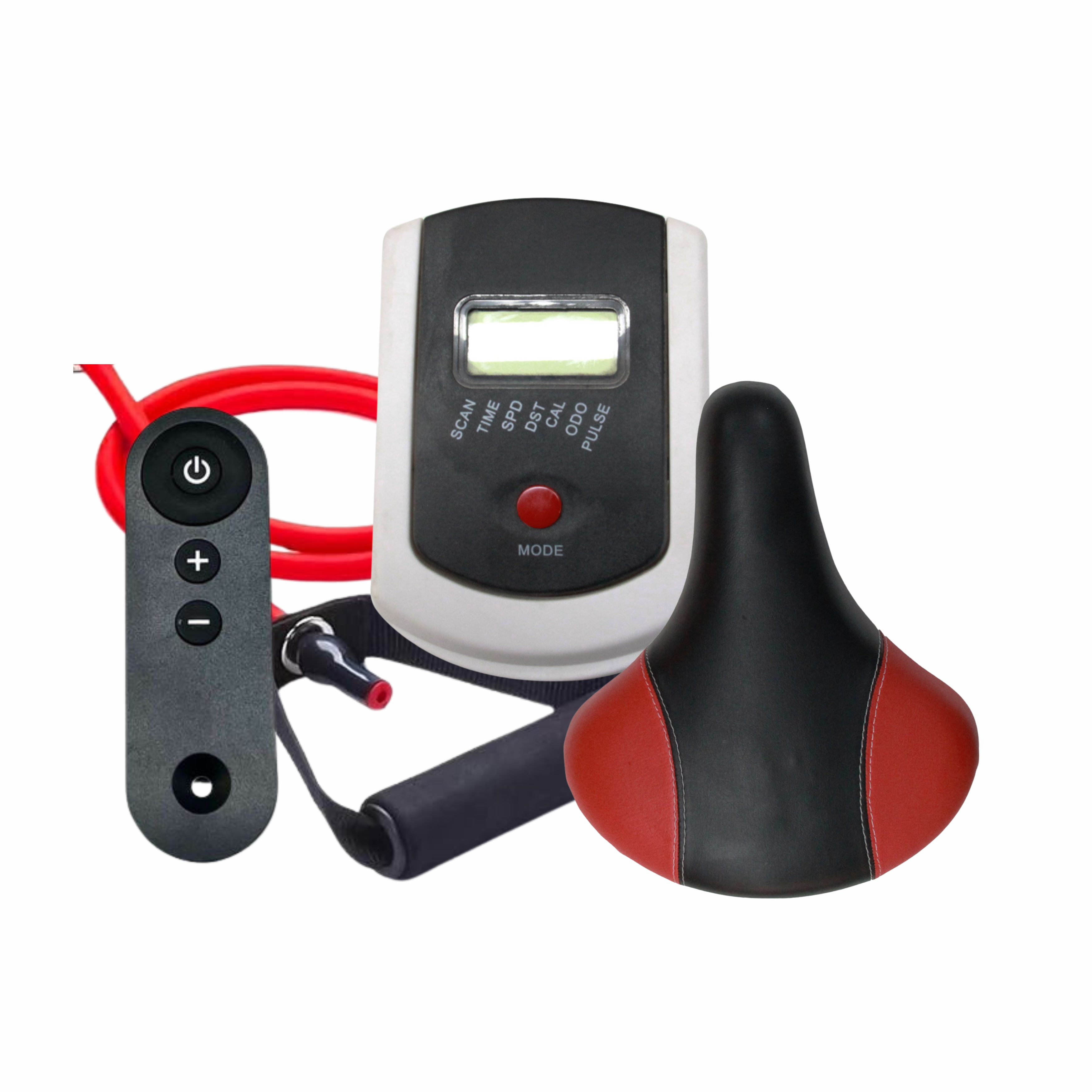
Elevate Your Practice: Discover the Perfect Yoga Mat for Every Exercise
Yoga is not just a physical activity; it's a journey towards mindfulness, flexibility, and holistic well-being. Whether you're a seasoned yogi or just starting your practice, the importance of a good yoga mat cannot be overstated. Your yoga mat is your sacred space, your foundation, and your connection to the earth as you flow through poses and meditate. But with countless options flooding the market, how do you choose the perfect yoga mat for every exercise?
Understanding Different Types of Yoga Mats
When it comes to yoga mats, one size does not fit all. Here's a breakdown of the key factors to consider:
Thickness and Density
The thickness and density of a yoga mat determine its comfort and support level. Thicker mats provide more cushioning for sensitive joints, while denser mats offer stability during balancing poses.
Material
Yoga mats come in various materials, each with its unique properties. Rubber mats offer excellent grip and durability but may have a strong odor initially. PVC mats are affordable and durable but may not be eco-friendly. TPE mats are lightweight and eco-friendly but may lack durability compared to rubber or PVC.
Texture and Grip
The texture and grip of a yoga mat affect your stability and balance during practice. Mats with a textured surface provide better traction, preventing slips and slides, especially during sweaty sessions like hot yoga.
Choosing the Perfect Yoga Mat for Each Type of Exercise
Not all yoga mats are created equal. Here's a guide to finding the right mat for your preferred style of yoga:
Hatha and Gentle Yoga
For slow-paced, gentle yoga practices like Hatha, opt for a thick, cushioned mat that supports comfortable floor poses and meditation.
Vinyasa and Power Yoga
In dynamic practices like Vinyasa and Power Yoga, where you flow seamlessly from one pose to another, a grippy mat with moderate thickness offers stability and traction.
Hot Yoga
For intense, sweat-inducing sessions of Hot Yoga, choose a non-slip mat with moisture-wicking properties to maintain grip and prevent sliding.
Restorative and Yin Yoga
In restorative and yin practices that focus on deep stretching and relaxation, a thick, supportive mat with a soft texture enhances comfort during long-held poses.
Pilates and Other Floor Exercises
For Pilates and other floor-based exercises, a dense, cushioned mat provides adequate support for core work and stretches without compressing under pressure.
Factors to Consider When Selecting a Yoga Mat
Aside from the type of yoga you practice, here are some additional factors to consider when choosing a yoga mat:
- Budget: Determine your budget and look for mats that offer the best value for your money.
- Durability: Invest in a durable mat that can withstand frequent use and maintain its shape over time.
- Eco-friendliness: Choose mats made from sustainable materials like natural rubber or TPE to minimize environmental impact.
- Portability: If you travel frequently or attend classes outside the home, opt for a lightweight, portable mat that's easy to carry around.
Reviews of Top Yoga Mats in the Market
Now that you understand what to look for in a yoga mat, here are some top picks favored by yogis worldwide:
- WErFIT Yoga Mat: Known for its unparalleled durability and superior cushioning, the WErFIT Yoga Mat is a favorite among serious practitioners.
- Liforme Yoga Mat: Loved for its innovative alignment markers and eco-friendly construction, the Liforme mat offers exceptional grip and support.
- JadeYoga Harmony Mat: Made from natural rubber with a textured surface, the JadeYoga Harmony Mat provides excellent traction and sustainability.
- Gaiam Essentials Thick Yoga Mat: Affordable yet reliable, the Gaiam Essentials mat offers ample cushioning for beginners and seasoned yogis alike.
- Lululemon The Reversible Mat: Featuring a reversible design with two textures for different practices, this mat from Lululemon offers versatility and performance.
Maintenance Tips to Prolong the Life of Your Yoga Mat
To ensure your yoga mat stays in top condition for years to come, follow these simple maintenance tips:
- Clean regularly: Wipe down your mat with a gentle cleanser after each use to remove sweat and bacteria.
- Air it out: Allow your mat to air dry completely before rolling it up to prevent moisture buildup and mildew.
- Avoid direct sunlight: Store your mat away from direct sunlight to prevent discoloration and degradation of materials.
- Use a yoga towel: Place a towel on your mat during hot yoga sessions to absorb sweat and minimize odors.
- Rotate regularly: Rotate your mat occasionally to promote even wear and tear and extend its lifespan.
Conclusion
Your yoga mat is more than just a piece of equipment; it's your sanctuary, your support system, and your partner on the journey to self-discovery. By choosing the perfect yoga mat for every exercise, you can elevate your practice, enhance your comfort, and deepen your connection to the present moment.
FAQs
1. How do I know if a yoga mat is right for me?
- Consider factors like thickness, material, texture, and grip to find a mat that suits your individual needs and preferences.
2. Can I use the same mat for different types of yoga?
- While some mats are versatile enough to accommodate various practices, others may be better suited for specific styles. It ultimately depends on your personal preference and comfort level.
3. How often should I replace my yoga mat?
- With proper care and maintenance, a high-quality yoga mat can last for several years. However, if you notice signs of wear and tear or a decline in performance, it may be time to invest in a new one.
4. Are there any eco-friendly options for yoga mats?
- Yes, many brands offer eco-friendly yoga mats made from sustainable materials like natural rubber, cork, or recycled materials.
5. Can I machine wash my yoga mat?
- While some mats are machine washable, it's best to check the manufacturer's instructions to avoid damaging the mat's surface or compromising its performance.
Follow us more updates.

